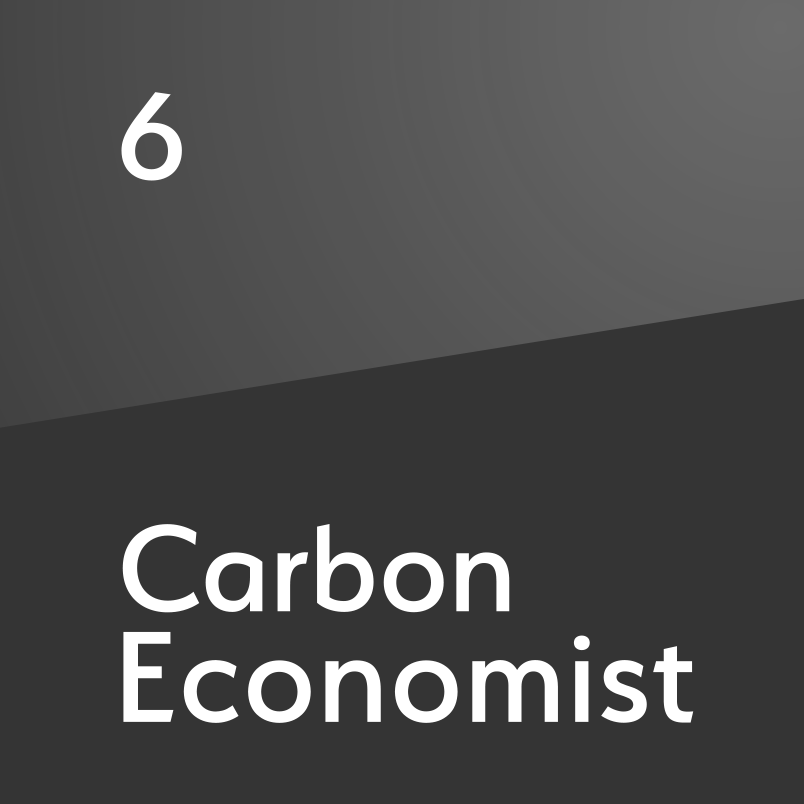A tale of two forecasts
Both the IEA and Opec agree global oil demand will increase in 2017. Supplies are trickier to figure out
While neither the International Energy Agency (IEA) nor Opec proved particularly successful at forecasting oil supply and demand trends in 2016 they agree on two things: economic growth will drive global oil consumption higher in 2017 and the call on Opec is increasing. Now Opec has agreed a deal to curb output by 1.2m barrels a day from January, so if the agencies are right the market will tighten. Both Opec and the IEA expect global economic growth to average around 3% in 2017, roughly in line with the International Monetary Fund (IMF)'s estimate for 2016. That will yield oil-consumption growth of 1.2m b/d, about the same as in 2016. But in absolute terms, their baselines still differ. The

Also in this section
8 December 2025
The Caribbean country’s role in the global oil market is significantly diminished, but disruptions caused by outright conflict would still have implications for US Gulf Coast refineries
5 December 2025
Mistaken assumptions around an oil bull run that never happened are a warning over the talk of a supply glut
4 December 2025
Time is running out for Lukoil and Rosneft to divest international assets that will be mostly rendered useless to them when the US sanctions deadline arrives in mid-December
3 December 2025
Aramco’s pursuit of $30b in US gas partnerships marks a strategic pivot. The US gains capital and certainty; Saudi Arabia gains access, flexibility and a new export future






